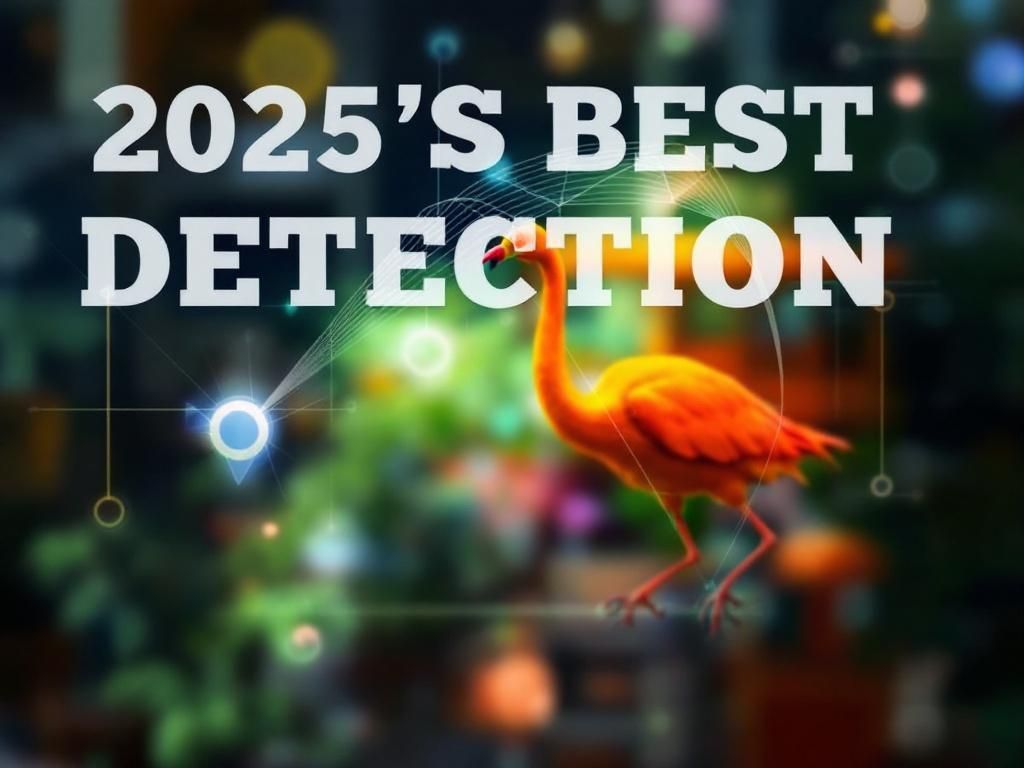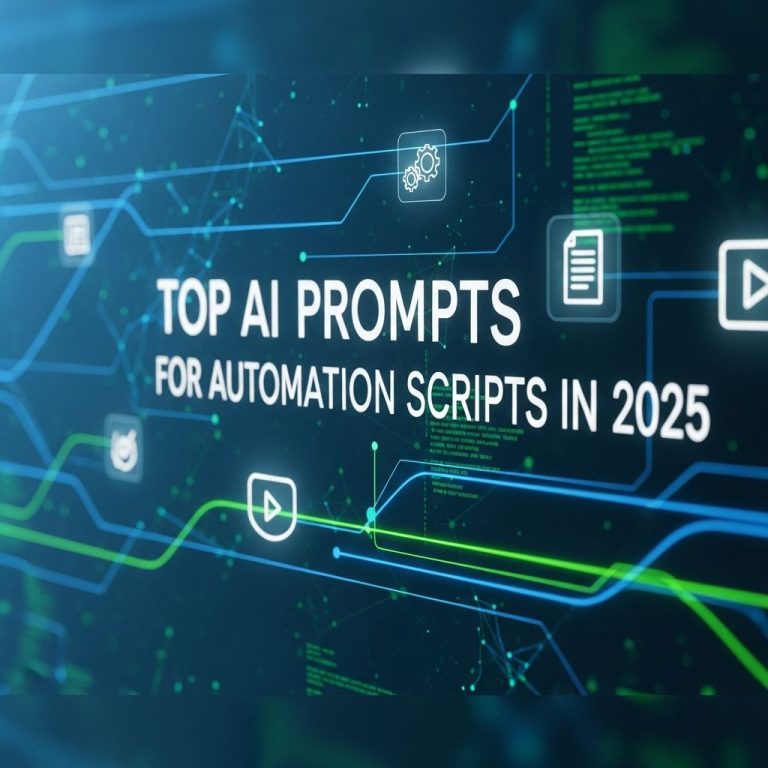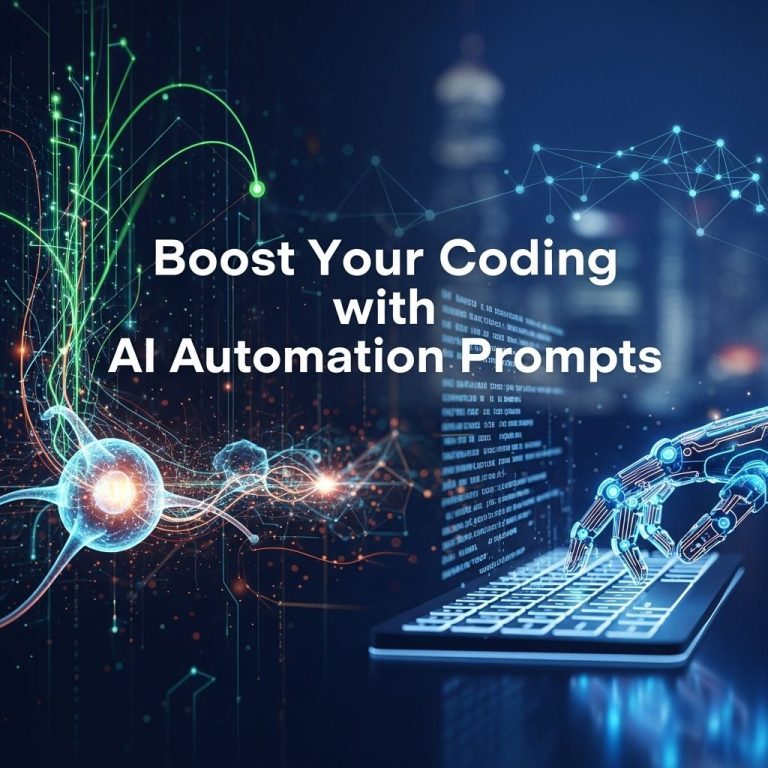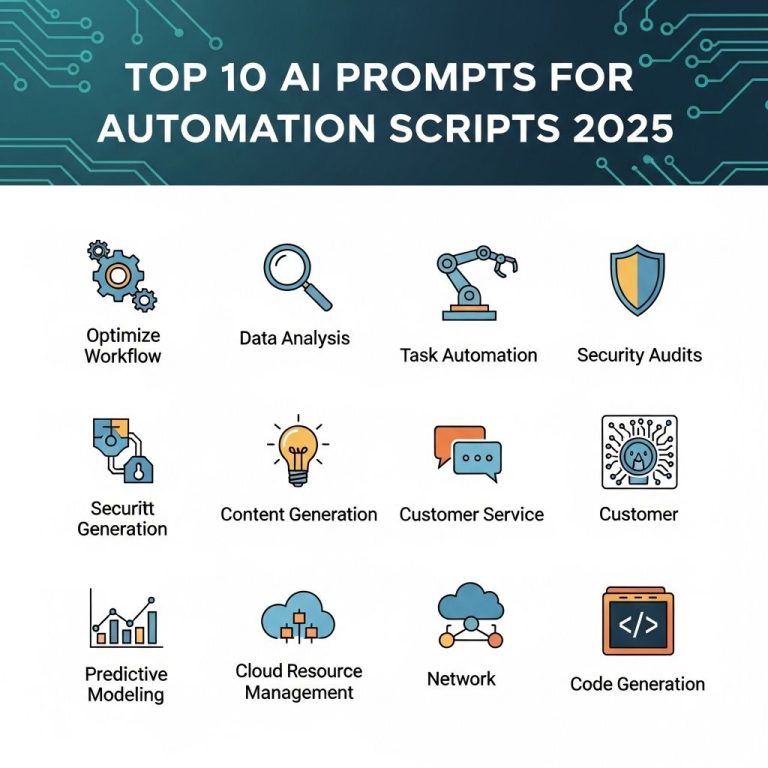The rapid advancements in artificial intelligence (AI) and machine learning (ML) are reshaping various industries. A significant area of development is object detection, a crucial technology applied in various sectors such as surveillance, automotive, healthcare, and retail. As we look towards 2025, various object detection APIs promise to transform how applications understand and interpret visual data. This article delves into the leading object detection APIs expected to make a significant impact in the coming years.
Understanding Object Detection
Object detection is a computer vision task that involves identifying and locating objects within an image or video. It not only recognizes an object but also provides information about its location, typically in the form of bounding boxes. The technology has numerous applications, including:
- Autonomous vehicles
- Facial recognition systems
- Retail analytics
- Surveillance and security
- Healthcare diagnostics
Key Features of Top Object Detection APIs
When evaluating object detection APIs, several critical features should be considered to ensure they meet your specific needs:
- Accuracy: The precision of the API in detecting and classifying objects.
- Speed: The response time of the API and how it handles real-time detection scenarios.
- Scalability: The ability of the API to manage increasing amounts of data and requests.
- Integration: How well the API can be integrated with existing systems and frameworks.
- Support and Documentation: Availability of resources and technical support for developers.
Leading Object Detection APIs for 2025
The following APIs have emerged as frontrunners in the object detection field, each offering unique features that cater to different use cases and industries.
1. Google Cloud Vision API
Google’s Cloud Vision API harnesses the power of its advanced machine learning models.
Key Features:
- Label and object detection in images and videos.
- Supports a vast array of features such as OCR, explicit content detection, and landmark detection.
- Provides in-depth documentation and easy integration with other Google services.
2. Amazon Rekognition
A part of AWS, Amazon Rekognition offers robust capabilities for image and video analysis.
Key Features:
- Facial analysis and comparison, as well as object and scene detection.
- Integrates seamlessly with other AWS services, enhancing its utility for cloud-based applications.
- Real-time video analysis, suitable for security applications.
3. Microsoft Azure Cognitive Services
Microsoft Azure provides a powerful suite of APIs, including object detection capabilities.
Key Features:
- Custom vision models allowing users to train their object detection models.
- Comprehensive integration options with Azure cloud services.
- High levels of accuracy backed by Microsoft’s research in AI.
4. OpenCV
OpenCV is an open-source computer vision library that’s widely used in academia and industry.
Key Features:
- Supports multiple programming languages, including Python, C++, and Java.
- Provides extensive resources for real-time object detection and tracking.
- Allows customization and flexibility in building object detection systems.
5. TensorFlow Object Detection API
TensorFlow’s Object Detection API provides powerful tools for building custom object detection models.
Key Features:
- Pre-trained models available for immediate use.
- Highly customizable, allowing developers to fine-tune models for specific datasets.
- Strong community support and extensive documentation.
Comparative Analysis
To better understand the strengths and weaknesses of the aforementioned APIs, the following table summarizes their key attributes:
| API | Accuracy | Integration | Real-Time Capabilities | Cost |
|---|---|---|---|---|
| Google Cloud Vision | High | Excellent | Yes | Pay-as-you-go |
| Amazon Rekognition | High | Seamless | Yes | Pay-as-you-go |
| Microsoft Azure | High | Comprehensive | Yes | Subscription-based |
| OpenCV | Varies | Moderate | Yes | Free |
| TensorFlow | High | Excellent | Yes | Free |
Future Directions in Object Detection
The object detection field is evolving rapidly, driven by advancements in deep learning and computer vision technologies. Some future trends to watch for include:
- Improved Accuracy: Ongoing research aims to enhance the accuracy of object detection algorithms, especially in challenging environments.
- Real-Time Processing: Enhanced computational capabilities are expected to enable faster real-time object detection.
- Edge Computing: As more devices become capable of processing data locally, edge-based object detection will become more prevalent.
- Integration with Augmented Reality: Object detection will play a vital role in AR applications by enabling real-world interactions with digital content.
Conclusion
As we step into 2025, the object detection landscape is set to undergo significant transformations. With various powerful APIs available, developers and businesses have the opportunity to harness this technology to build innovative solutions across multiple sectors. By choosing the right API, organizations can leverage cutting-edge object detection capabilities to enhance their applications and improve operational efficiency.
FAQ
What are the top object detection APIs of 2025?
The top object detection APIs of 2025 include TensorFlow Object Detection API, YOLOv8, OpenCV, Detectron2, and Amazon Rekognition.
How do I choose the best object detection API for my project?
To choose the best object detection API, consider factors such as ease of use, accuracy, speed, supported platforms, and integration capabilities with your existing systems.
What features should I look for in an object detection API?
Look for features like real-time processing, pre-trained models, customization options, support for multiple image formats, and documentation for developers.
Are there any free object detection APIs available in 2025?
Yes, several object detection APIs like TensorFlow Object Detection API and OpenCV are open-source and free to use, while others may offer free tiers.
What industries benefit from using object detection APIs?
Industries such as healthcare, automotive, retail, and security benefit from using object detection APIs for applications like surveillance, inventory management, and autonomous vehicles.
How does object detection differ from image classification?
Object detection identifies and locates multiple objects within an image, providing bounding boxes, while image classification assigns a single label to the entire image.




